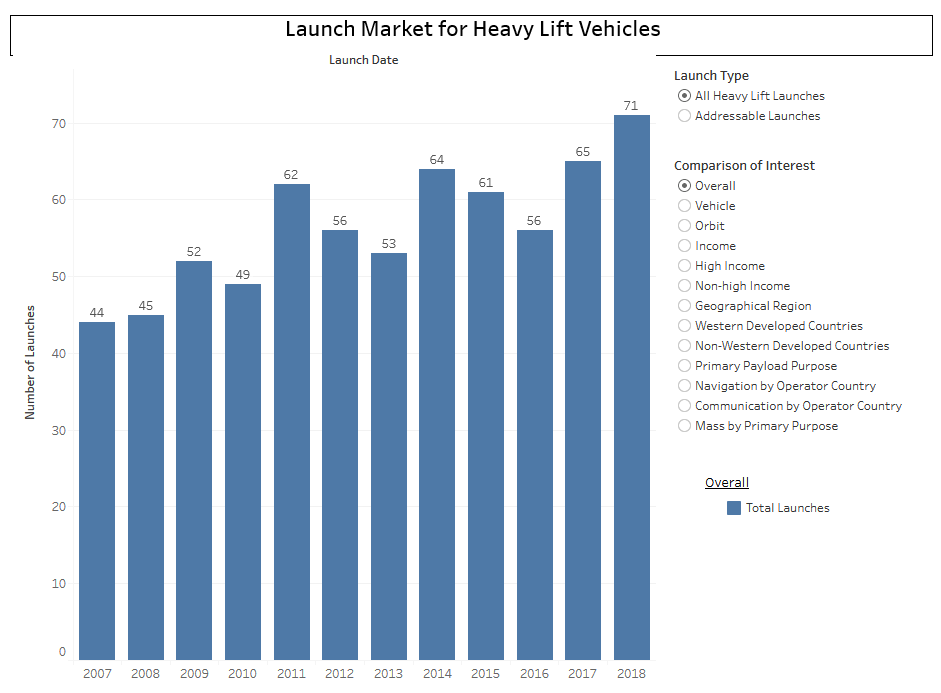The covid-19 pandemic is stretching hospital resources to the breaking point in many countries in the world. It is no surprise that many people hope AI could speed up patient screening and ease the strain on clinical staff. But a study from Google Health—the first to look at the impact of a deep-learning tool in real clinical settings—reveals that even the most accurate AIs can actually make things worse if not tailored to the clinical environments in which they will work.
Existing rules for deploying AI in clinical settings, such as the standards for FDA clearance in the US or a CE mark in Europe, focus primarily on accuracy. There are no explicit requirements that an AI must improve the outcome for patients, largely because such trials have not yet run. But that needs to change, says Emma Beede, a UX researcher at Google Health: “We have to understand how AI tools are going to work for people in context—especially in health care—before they’re widely deployed.”
[…]
Google’s first opportunity to test the tool in a real setting came from Thailand. The country’s ministry of health has set an annual goal to screen 60% of people with diabetes for diabetic retinopathy, which can cause blindness if not caught early. But with around 4.5 million patients to only 200 retinal specialists—roughly double the ratio in the US—clinics are struggling to meet the target. Google has CE mark clearance, which covers Thailand, but it is still waiting for FDA approval. So to see if AI could help, Beede and her colleagues outfitted 11 clinics across the country with a deep-learning system trained to spot signs of eye disease in patients with diabetes.
In the system Thailand had been using, nurses take photos of patients’ eyes during check-ups and send them off to be looked at by a specialist elsewhere—a process that can take up to 10 weeks. The AI developed by Google Health can identify signs of diabetic retinopathy from an eye scan with more than 90% accuracy—which the team calls “human specialist level”—and, in principle, give a result in less than 10 minutes. The system analyzes images for telltale indicators of the condition, such as blocked or leaking blood vessels.
Sounds impressive. But an accuracy assessment from a lab goes only so far. It says nothing of how the AI will perform in the chaos of a real-world environment, and this is what the Google Health team wanted to find out. Over several months they observed nurses conducting eye scans and interviewed them about their experiences using the new system. The feedback wasn’t entirely positive.
When it worked well, the AI did speed things up. But it sometimes failed to give a result at all. Like most image recognition systems, the deep-learning model had been trained on high-quality scans; to ensure accuracy, it was designed to reject images that fell below a certain threshold of quality. With nurses scanning dozens of patients an hour and often taking the photos in poor lighting conditions, more than a fifth of the images were rejected.
Patients whose images were kicked out of the system were told they would have to visit a specialist at another clinic on another day. If they found it hard to take time off work or did not have a car, this was obviously inconvenient. Nurses felt frustrated, especially when they believed the rejected scans showed no signs of disease and the follow-up appointments were unnecessary. They sometimes wasted time trying to retake or edit an image that the AI had rejected.
Because the system had to upload images to the cloud for processing, poor internet connections in several clinics also caused delays. “Patients like the instant results, but the internet is slow and patients then complain,” said one nurse. “They’ve been waiting here since 6 a.m., and for the first two hours we could only screen 10 patients.”
The Google Health team is now working with local medical staff to design new workflows. For example, nurses could be trained to use their own judgment in borderline cases. The model itself could also be tweaked to handle imperfect images better.
[…]
Of course the anti ML people are using this as some sort of AI will never work kind of way, but as far as I can see these kinds of tests are necessary and seemed to have been performed with oversight, meaning there was no real risk to patients involved. Lessons were learned and will be implemented, as with all new technologies. And going public with the lessons is incredibly useful for everyone in the field.

